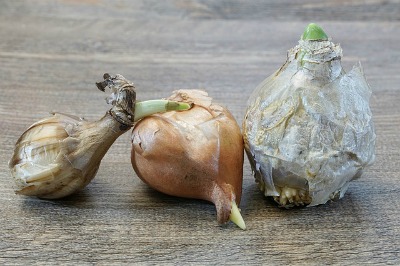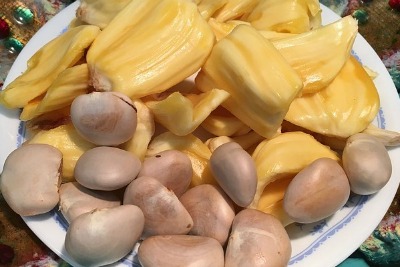A wildling is a seedling that grows naturally in the wild. Plentiful can be found on forest floors.
However, the term is now used broadly to include those which grow from seeds that fall under the canopies of adult trees, shrubs, and palms that are intentionally cultivated.
These naturally growing seedlings can be the best choice as planting materials if available, easily accessible, and affordable.
Where there is an immediate need for potted seedlings grown in the nursery but supply is scant or uncertain, access to sources becomes valuable.
Personal experience by the author also revealed that with Robusta coffee (Coffea robusta L.) having stems approximately as thick as a common pencil or over, flowering may be advanced, that is, within a year.
In contrast, it may take three years for young nursery-grown seedlings to mature.


